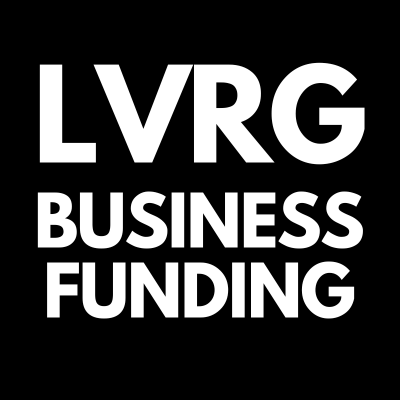Solving Cash Flow Problems for Small Businesses
Cash flow is the lifeblood of any business, and managing it effectively is crucial for the sustainability and growth of small businesses. Cash flow problems can arise from various operational, financial, or market-related factors, and understanding how to address these challenges is imperative for business owners. In this guide, we will explore the common causes of cash flow issues for small businesses and provide actionable strategies to solve them.
Understanding Cash Flow Problems
Cash flow problems can manifest in different ways, such as difficulty in paying suppliers and creditors, challenges in covering operational expenses, or constraints in investing for future growth. It is essential for small business owners to identify the root causes of cash flow issues to implement effective solutions.
Common Causes of Cash Flow Problems
1. Irregular Revenue Patterns: Many small businesses experience fluctuating income streams due to seasonality, market dynamics, or irregular client orders, leading to uncertainty in cash inflows.
2. Delayed Invoices and Payments: Late payments from clients can significantly impact cash flow, especially for businesses that operate on a project-based or invoicing model.
3. Excessive Overheads and Expenses: High fixed costs or unexpected expenses can drain cash reserves, putting a strain on day-to-day operations.
4. Insufficient Working Capital: Inadequate funds for inventory, payroll, and other immediate needs can impede business operations and hinder growth opportunities.
5. Lack of Financial Planning and Monitoring: Inadequate forecasting and financial management practices can result in poor allocation of resources and cash imbalances.
Strategies to Solve Cash Flow Problems
1. Establish Robust Invoicing and Payment Processes
Implementing efficient and systematic invoicing practices can help optimize cash flow. This includes setting clear payment terms, sending timely and accurate invoices, and following up on overdue payments. Consider leveraging invoicing software or platforms to streamline the invoicing and payment collection process.
2. Negotiate Favorable Payment Terms with Suppliers
Negotiating extended payment terms with suppliers can provide breathing room for small businesses. Building strong, transparent relationships with key vendors can lead to mutually beneficial arrangements that alleviate immediate cash flow pressures.
3. Embrace Cash Flow Forecasting and Budgeting
Creating detailed cash flow forecasts and budgets enables businesses to anticipate potential cash shortages and identify opportunities for expense reductions or revenue enhancements. Regular monitoring and comparison against actual results can help in making timely adjustments to improve cash flow efficiency.
4. Optimize Inventory Management
Excessive inventory ties up cash that could be deployed elsewhere in the business. By adopting just-in-time inventory management and closely monitoring stock levels, businesses can free up working capital and improve cash flow.
5. Explore Financing Options
For businesses facing persistent cash flow challenges, exploring financing options from LVRG such as SBA loans, cash flow & working capital financing, business lines of credit, invoice factoring, merchant cash advances, or short-term revenue based financing.
6. Diversify Revenue Streams
Overreliance on a single client, product, or market can create vulnerability to cash flow disruptions. Diversifying revenue streams by targeting new customer segments, offering complementary services, or expanding into new markets can mitigate the impact of revenue fluctuations.
7. Monitor and Control Expenses
Implementing stringent cost control measures, such as renegotiating contracts, eliminating non-essential expenses, and optimizing operational processes, can help conserve cash and improve overall financial stability.
8. Build a Cash Reserve
Setting aside a portion of profits as a contingency fund can provide a buffer against unforeseen cash flow challenges. Having a cash reserve can prevent the need for drastic measures during lean periods and instill confidence in the business's financial resilience.
9. Seek Professional Financial Advice
Engaging with financial advisors, accountants, or business consultants can offer valuable insights and expertise in optimizing cash flow management. These professionals can provide tailored strategies and guidance based on the specific needs and circumstances of the business.
Conclusion
Solving cash flow problems for small businesses requires a multifaceted approach that addresses both short-term liquidity issues and long-term financial sustainability. By implementing proactive cash flow management strategies, small business owners can navigate through challenges, capitalize on opportunities, and build a resilient financial foundation for future growth and success.
Remember, understanding the unique cash flow dynamics of your business, identifying key areas for improvement, and implementing targeted solutions are essential steps toward achieving sustainable and healthy cash flow management. With a disciplined and strategic approach, small businesses can overcome cash flow hurdles and thrive in an ever-evolving business landscape.
Written by Charles M. Barr, CEO of LVRG Business Funding

